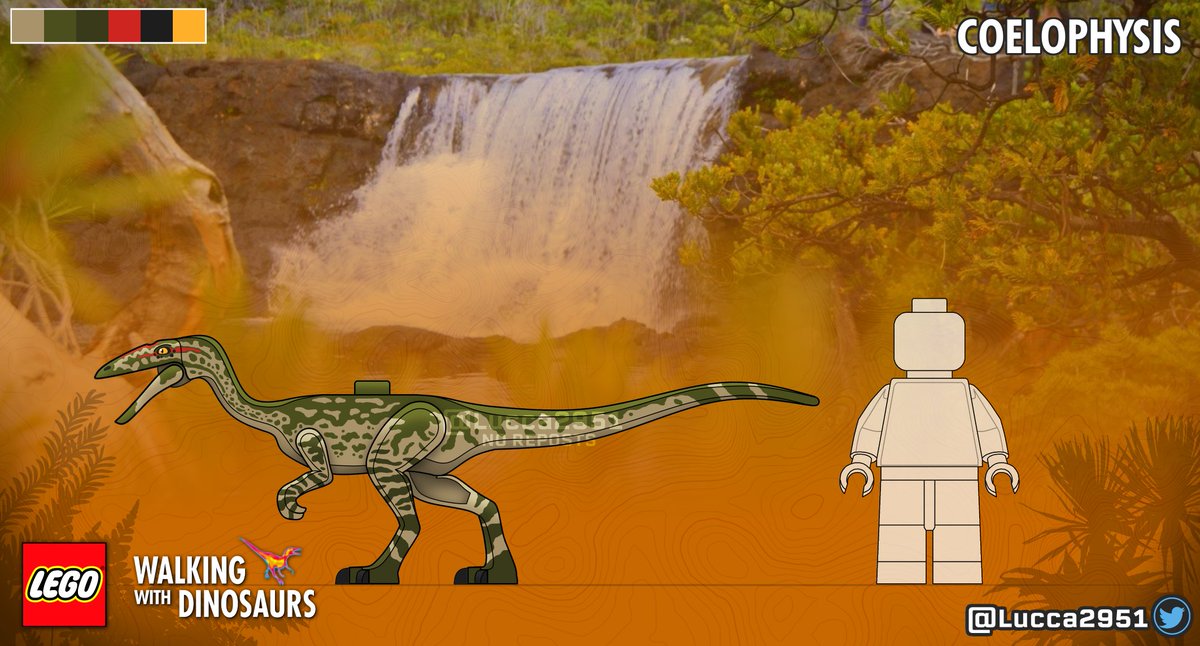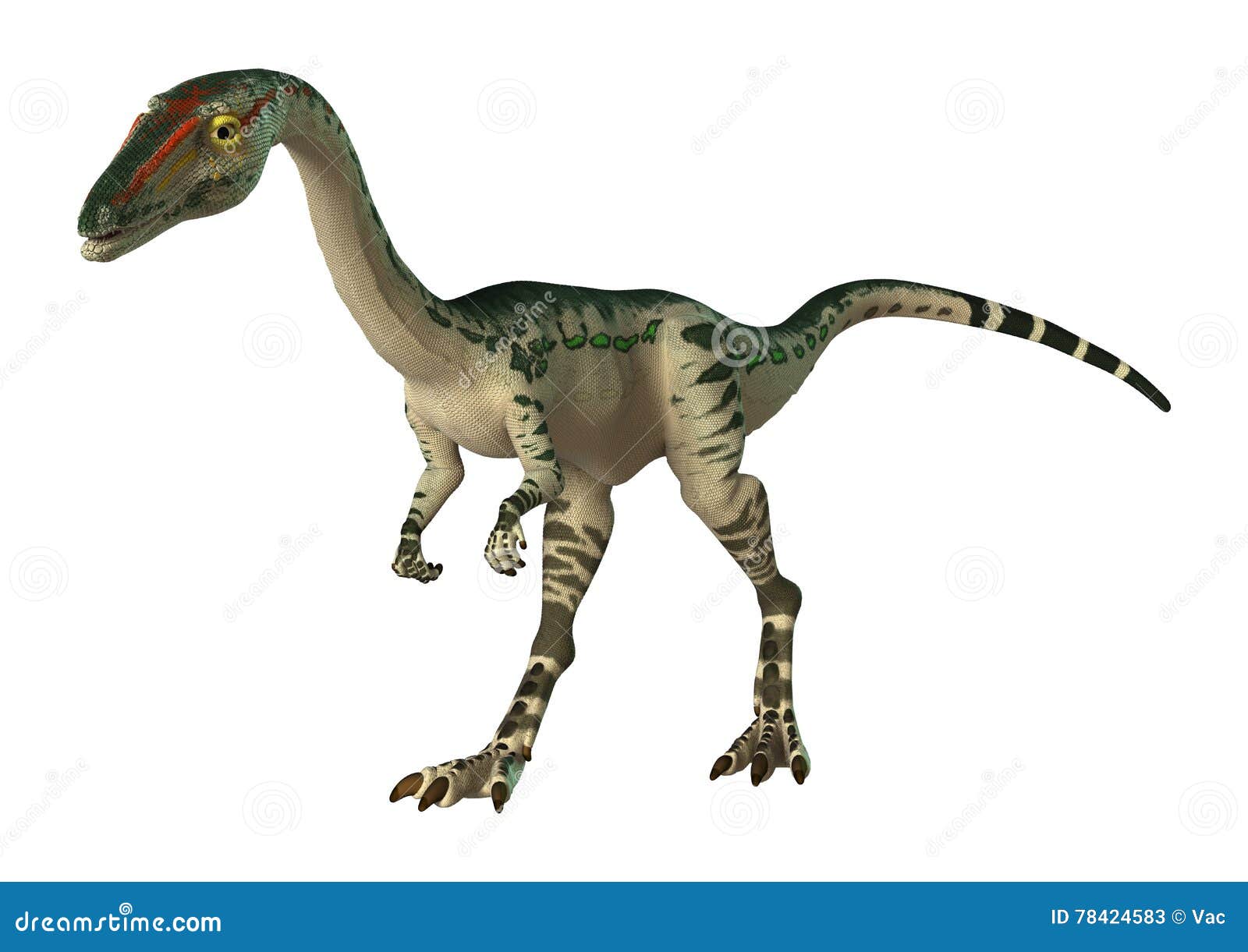

“We had been developing methods for rapid computer simulations of human movements, by combining several new numerical techniques to make our simulations more than 20 times faster than previous attempts. New methods to improve these calculations were key and they were demonstrated in living animals, including humans. Walking motion might not seem particularly difficult but the equations that govern it are far from easy.

Previous attempts at simulating dinosaurs' walking gaits with computers have been limited by the power of those computers. After running a barrage of further simulations, including models with heavier tails, lighter tails, and no tail at all, we were able to demonstrate that tail wagging was a means of controlling angular momentum throughout gait,” lead author Dr Peter Bishop of Harvard University said in a statement. “I was very surprised when I first saw the simulation results. The simulations show that the tail was not just a rear extension of the pelvis but was crucial for motion. The team looked specifically at the Triassic Coelophysis bauri, a 210-million-year-old therapod that weighed about the same as a coyote. The study employed the most sophisticated simulations to model how these extinct reptiles might have moved across the surface of our planet. This new study shows that tails are actually dynamic a fundamental part of the dinosaurs' ability to walk and run.

Scientists had assumed the large tails of therapods were a static counterbalance to prevent them from toppling over, and focused more on studying their legs to understand how they moved. New 3D gait simulations suggest that the tail played a more pivotal and dynamic role: It would swing rhythmically went they were walking and running, just like how humans swing their arms when moving.Īccording to the new study in Science Advances, the tail movement was the main regulator of the bipedal dinos' angular momentum. The tail of bipedal dinosaurs was more than just a counterbalance for their heads.


 0 kommentar(er)
0 kommentar(er)
